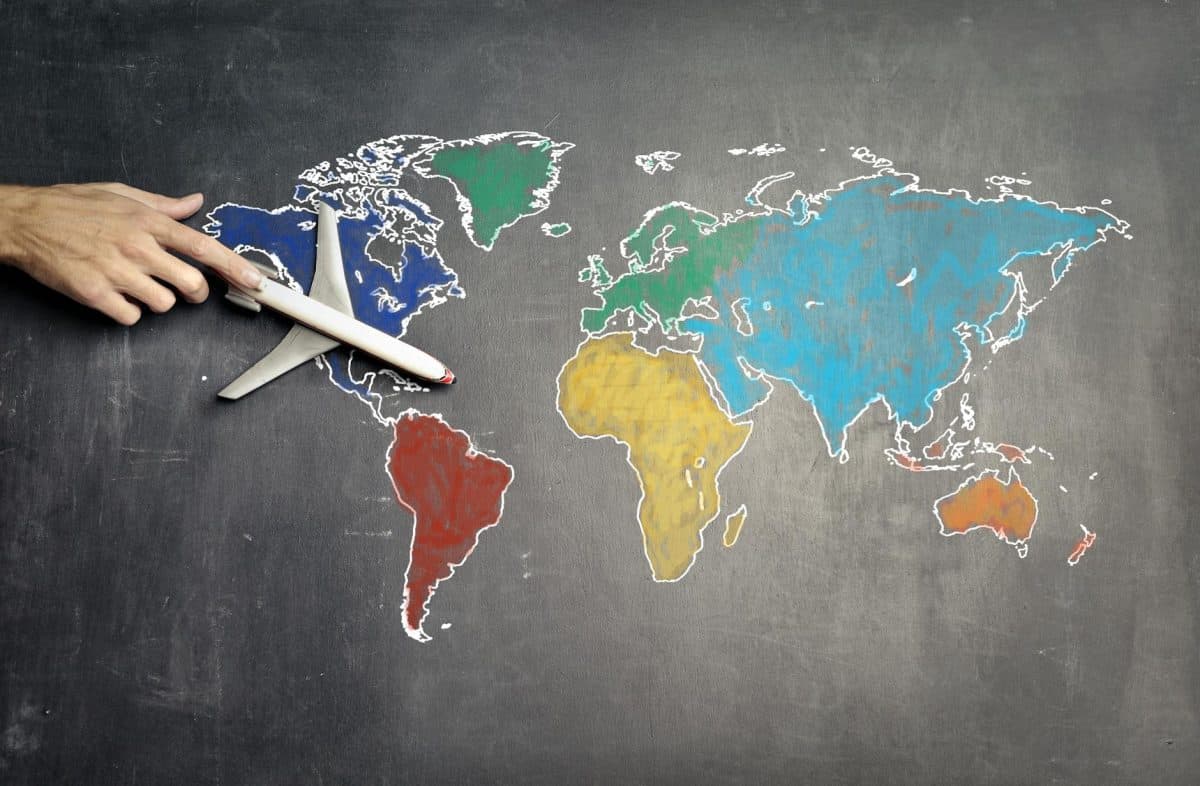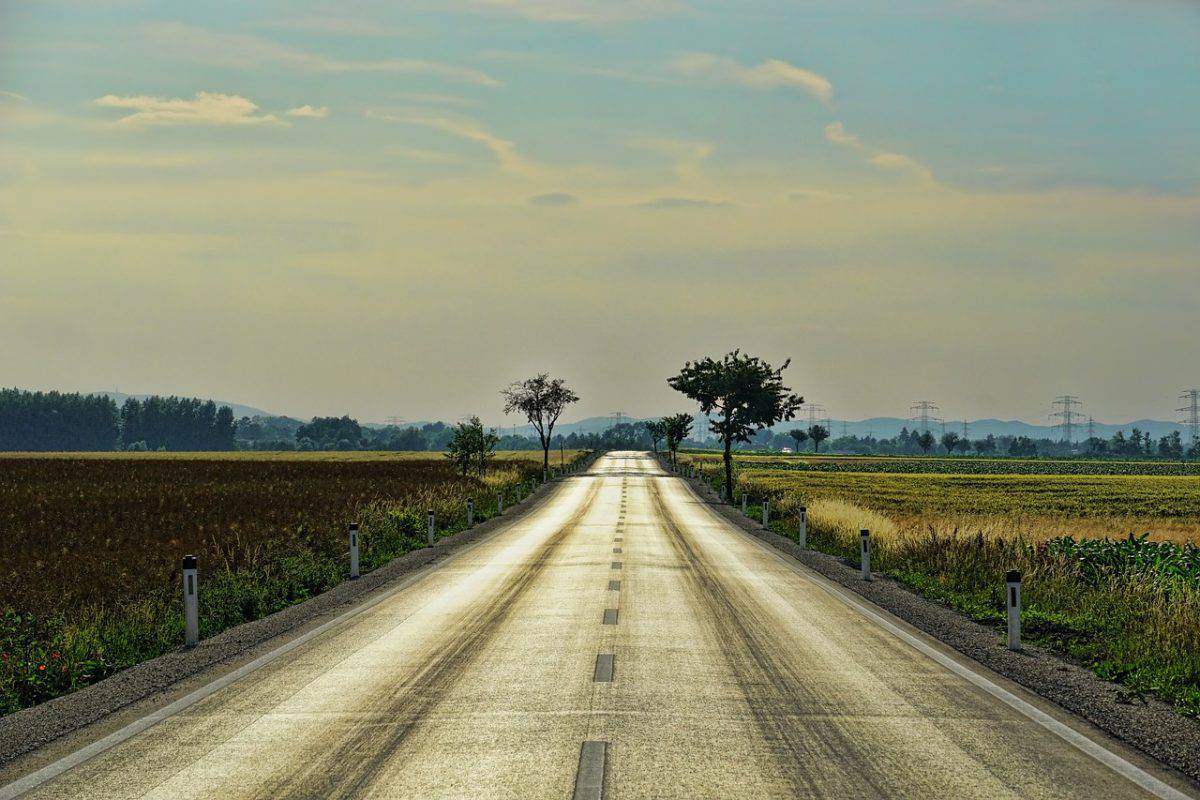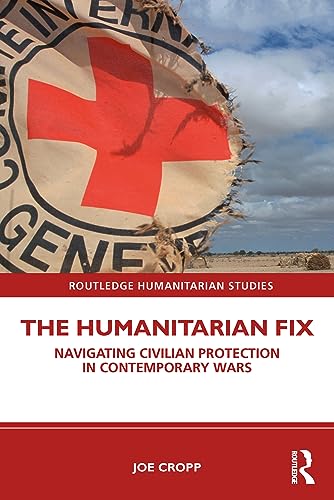Engaging in a humanitarian journey allows for the discovery of new horizons while actively contributing to the well-being of local communities. A humanitarian journey is defined as a mission where individuals offer their time and skills to support development, education, or health projects in various countries. These missions aim to create a lasting impact by addressing the immediate needs of populations while promoting their autonomy.
To choose a humanitarian mission, it is essential to consider several factors. One must evaluate their skills, interests, and the duration available for engagement. Preliminary research plays a key role in this process. Many online resources, such as specialized websites and volunteer forums, can help find accurate information about organizations and available projects.
Before departing, certain steps should be followed to register for a humanitarian mission. It is crucial to understand the requirements of the chosen organization, particularly regarding medical preparation, visas, and insurance. Logistical aspects also include travel planning, accommodation, and financial management.
Once on-site, volunteers participate in various types of humanitarian projects such as building infrastructure, teaching, or providing medical assistance. To fully experience this opportunity, some practical tips can be useful: remain flexible, respect local cultures, and communicate effectively with team members and the community.
Engaging in a humanitarian journey requires careful preparation but offers a rewarding and transformative experience. Whether it is to teach in a rural school, build housing, or provide medical care, each mission contributes to making a real difference in the world.
Understanding the concept of humanitarian travel
What is a humanitarian trip?
A humanitarian trip is characterized by the commitment of volunteers to support projects aimed at improving the living conditions of local communities. These missions can address various areas such as health, education, environment, or economic development. Unlike tourist trips, a humanitarian journey focuses on aid and sharing rather than personal discovery. Participants apply their skills for the benefit of others, often in remote or underserved regions.
The goals and impact of humanitarian missions
Humanitarian missions have several main objectives. First, they aim to meet the immediate needs of distressed populations, whether through providing medical care, building infrastructure, or offering vocational training. They seek to promote sustainable development by strengthening local capacities and fostering community autonomy. The impact of these missions is measured not only by the material improvements made but also by the long-term social and economic changes. For example, a training mission can enable a community to acquire skills that will improve their quality of life in the long run.
Different forms of volunteering abroad
There are several forms of volunteering abroad, tailored to the skills and interests of volunteers. Medical missions are aimed at healthcare professionals who wish to offer their services in areas lacking adequate medical facilities. Educational missions often involve teaching school subjects or vocational skills to children or adults. Environmental volunteering focuses on protecting nature and can include activities like reforestation or preserving endangered species. Community development projects touch on various aspects of daily life for local populations, from building schools to setting up drinking water systems. Each of these forms enables volunteers to make a meaningful contribution while gaining a rewarding and educational experience.

Choosing the right humanitarian mission
Factors to consider for selecting a mission
Choosing the right humanitarian mission requires consideration of several key factors. It is essential to assess one’s skills and experiences. Some missions require specific qualifications, such as medical or educational skill sets. One should also consider their personal interests. Working in a field that excites you ensures stronger involvement and a more enriching experience.
The available duration for engagement is also a crucial element. Some missions may last a few weeks, while others require a commitment of several months. It is also important to take into account the cultural and geographical context of the host country. Learning about the living conditions, climate, and local customs helps better prepare for the experience.
Another aspect not to overlook is security. It is advisable to check travel advisories provided by competent authorities and to choose respected organizations that offer adequate support to volunteers. The costs associated with the mission should be taken into account. Some projects require a financial contribution covering accommodation, food, and other logistical expenses.
Preliminary research and useful resources
Before committing to a humanitarian mission, conducting thorough research is essential. There are several useful resources to find reliable information about the different available projects. Websites specializing in international volunteering are an excellent source of information. They often provide databases containing detailed descriptions of missions, requirements, and reviews from former volunteers.
Online forums and social media groups also allow interactions with individuals who have already participated in humanitarian missions. These exchanges can provide valuable insights into the challenges encountered and the positive aspects of each project.
Books and guides on volunteering abroad also offer a wealth of practical information. They cover various topics such as departure preparation, managing culture shock, and logistical aspects.
Contacting the organizations directly offering these missions allows for obtaining precise answers to all questions. Project leaders can provide details about the mission’s objectives, working conditions, and support offered to volunteers.
Choosing one’s mission well relies on a rigorous personal assessment and thorough research using various available resources.
Videos
Doing humanitarian work in an NGO: Survival guide
VSI: https://www.service-public.fr/particuliers/vosdroits/F11444 Civic Service: https://www.service-civique.gouv.fr PodVolonteer …
The reality of humanitarian missions in India
Feel free to contact the school for any inquiries about the volunteer program or others! The school’s website …
Preparations before leaving for a humanitarian mission
Steps to register for a humanitarian mission
Registering for a humanitarian mission is an exciting and rewarding process. To start, you need to choose a reputable organization to collaborate with. Once this step is complete, it is important to fill out a registration form detailing your skills and motivations. Most organizations also require a CV and a cover letter.
A phone or video interview is often organized to assess the candidate’s compatibility with the project. This is an opportunity to ask questions about the mission’s objectives and living conditions on-site.
Once accepted, it is crucial to follow the offered preparatory training. These sessions provide specific knowledge and familiarize one with potential challenges. Signing a volunteering contract formalizes the commitment and provides details about mutual responsibilities and expectations.
Going on a humanitarian mission also means mentally preparing for a unique experience that transforms both the volunteer and the community helped 😊.
Logistical aspects not to overlook
Logistical preparation is essential to ensure a successful experience in a humanitarian mission. Checking the visa requirements for the host country is imperative. Each country has its own regulations, and obtaining a visa can take time.
Learning about the vaccinations and medical care needed is crucial to protecting one’s health. Consulting a doctor specialized in travel medicine provides personalized advice and ensures you have the appropriate medications.
Organizing your accommodation is also important. Some missions offer on-site housing, while others require finding independent lodging. It is also helpful to budget for food and other daily expenses.
Don’t forget about insurance. Taking out travel insurance that covers medical care, repatriation, and liability offers essential peace of mind.
Preparing your personal belongings carefully facilitates adaptation on-site. A list including climate-appropriate clothing, specific equipment, and important documents (such as passport and vaccination records) is very helpful.
Meticulous preparation for logistical aspects allows one to fully focus on the main objective: to provide assistance and make a positive difference within local communities 🌍.

Living and working on a humanitarian mission
Common types of humanitarian projects
Humanitarian projects are varied and cover many areas, thus offering a multitude of opportunities to engage and make a difference.
- Educational projects: These missions aim to improve access to education by teaching school subjects, training local teachers, or developing educational programs. They can take place in rural schools or vocational training centers.
- Medical projects: Aimed at healthcare professionals, these missions involve providing medical care, training local staff, or implementing prevention campaigns. They are often crucial in regions where medical infrastructures are limited.
- Environmental projects: These missions focus on protecting the environment and conserving biodiversity. Activities include reforestation, protecting endangered species, and providing environmental education to local communities.
- Community development projects: They aim to improve the living conditions of populations by building infrastructure such as schools, wells, or health centers. These projects also promote economic development through local initiatives.
- Emergency humanitarian projects: In response to natural disasters or humanitarian crises, these missions provide immediate assistance in the form of food distribution, drinking water, and medical supplies.
Each type of project offers a unique opportunity to contribute positively and gain valuable experience while helping those in greatest need.
Practical tips for a successful experience
To fully experience a humanitarian mission, some practical tips can make all the difference.
- Adapt to local culture: Respecting local customs and traditions is essential to build harmonious relationships with the community. Learning a few words in the local language can also facilitate exchanges and demonstrate commitment.
- Stay flexible and open: Unexpected events are an integral part of volunteering abroad. Adopting a positive attitude in the face of challenges allows for better handling of difficult situations and to draw valuable lessons from them.
- Communicate effectively: Communication is key to the success of a humanitarian project. Being clear about your expectations, actively listening to team members, and expressing your needs contributes to fruitful collaboration.
- Take care of yourself: Physical and mental well-being is crucial for staying effective throughout the mission. It is important to get enough rest, eat healthily, and take time to relax.
- Be proactive: Actively involving oneself in different tasks and proposing ideas shows commitment and motivation. Proactivity is often appreciated by organizations and can positively impact the course of the project.
- Keep a positive spirit: The challenges faced can sometimes seem insurmountable, but maintaining an optimistic mindset helps overcome obstacles and focus on the positive aspects of the experience.
By following these tips, each volunteer can maximize their impact and have a rewarding experience that will leave a lasting imprint on both themselves and the community assisted 🌟.
Embark on the humanitarian adventure
Participating in a humanitarian mission is a transformative experience that offers the opportunity to contribute positively to the world. By carefully choosing the mission that aligns with one’s skills and interests and preparing adequately, each volunteer can experience a rewarding and meaningful adventure. Whether through educational, medical, environmental, or community development projects, the possibilities are vast and varied.
Logistical preparations ensure that one is ready to face challenges on the ground, while practical advice allows for maximizing impact and personal growth. By engaging with enthusiasm and adopting a positive attitude, each volunteer can not only provide valuable help to local communities but also grow personally.
Join this beautiful adventure and make a difference while discovering new cultures and forging unforgettable connections. 🌏💪✨

